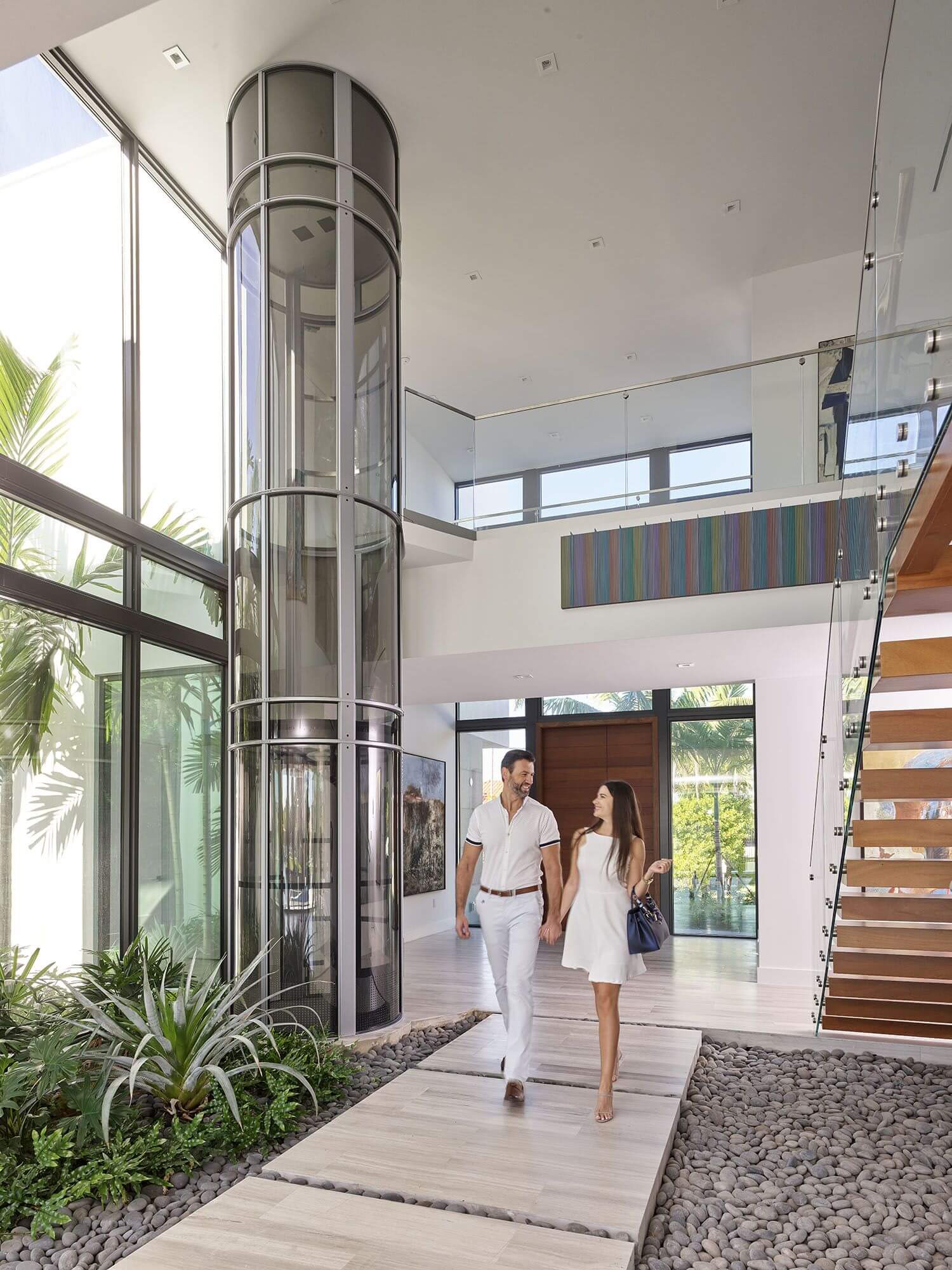- Location
- Chapel Hill, NC
- Occupation
- Retired Electrical Contractor
These are air driven elevators. A few months ago we wired up one of these in a residence. The unit is 230v single phase-- of course, we wired it 240v. Apparently the company that installed them said it must be on 230v. We found this out months after the elevator was installed. They went to service it and said the unit is wired wrong.
So, if you supplied a motor that needed 230 volts (why would you) then why wouldn't they supply the 230v transformer if it is so important. They did have them but did not supply it so we never thought about it. My guys never even thought that it would make a difference with a 10v difference.
Then they send a transformer that says 240v to 12 v. What the heck.... Only diagram was from 240 to 12 volts. We call them up and they gave us a schematic that would make that transformer work from 240v to 230v.
Is that even legal to do that and who would have known how to make that connection. My guys called me and I had no idea, I assume they sent the wrong trany.
The other question is why would you supply something for a dwelling that needs 230v when all there is is 240? Could these motors be that specific?

So, if you supplied a motor that needed 230 volts (why would you) then why wouldn't they supply the 230v transformer if it is so important. They did have them but did not supply it so we never thought about it. My guys never even thought that it would make a difference with a 10v difference.
Then they send a transformer that says 240v to 12 v. What the heck.... Only diagram was from 240 to 12 volts. We call them up and they gave us a schematic that would make that transformer work from 240v to 230v.
Is that even legal to do that and who would have known how to make that connection. My guys called me and I had no idea, I assume they sent the wrong trany.
The other question is why would you supply something for a dwelling that needs 230v when all there is is 240? Could these motors be that specific?



